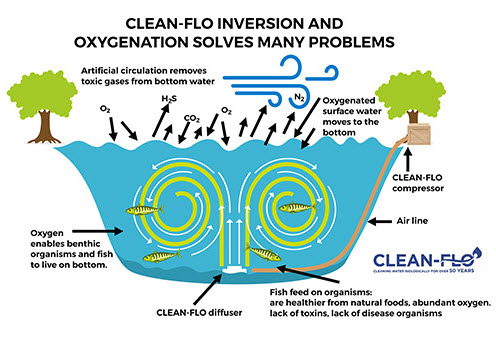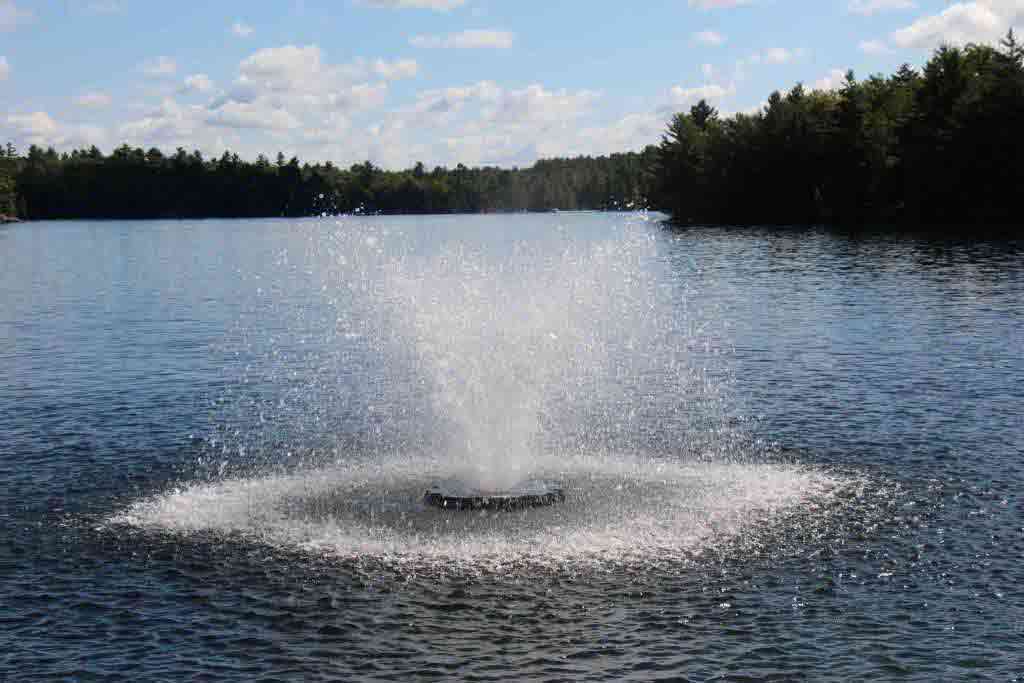Shillapoo Lake Restoration
Biological products, such as bacteria, can help improve the quality of waterbodies. These products are designed to help pond owners accelerate waterbody processes and bolster existing populations of beneficial bacteria. It is difficult to treat large lakes and ponds with large amounts of these products. The amount of bacteria in waterbody depends on the area and the acre-feet of the pond. A healthy and balanced waterbody has an appropriate mix of bacteria and enzymes.



